Remember when summer meant freedom? When the morning sun would peek through your curtains, and the only plan for the day was to be home by dinner? For those of us who grew up in the ’60s, ’70s, and ’80s, childhood wasn’t scheduled, supervised, or screen-dominated—it was gloriously, wildly free. Our bicycles weren’t just toys; they were passports to independence, vehicles of adventure, and symbols of growing up. As we watch today’s children navigate a world of playdates, organized activities, and constant digital connection, it’s worth remembering the unstructured joys that defined our youth. Here are twelve freedoms we experienced that today’s kids might never know.
1. Disappearing All Day Without a Trace
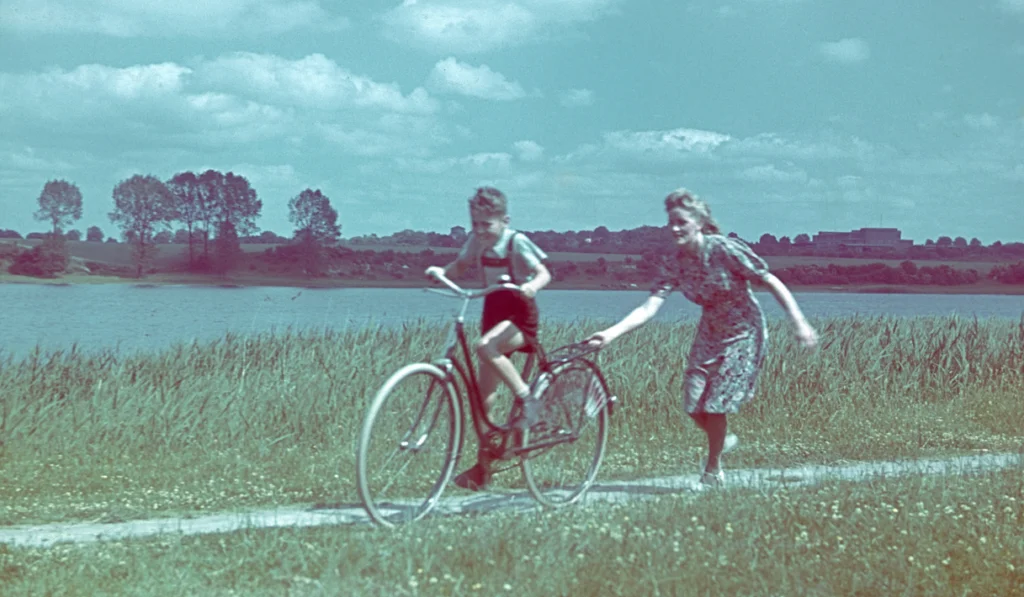
Mornings began with wolfing down a bowl of cereal before racing out the door with a casual “I’m going out to play!” that would be our only communication until dusk. No cell phones meant no check-in texts, no location tracking, and no parents frantically calling to verify our whereabouts every hour. Our parents genuinely had no idea where we were for vast stretches of time—whether we were at the creek, the baseball field, or a friend’s house across town. Miracle Recreation discusses the benefits of outdoor play time and why it actually matters a great deal to children.
This magnificent uncertainty created a boundary-free childhood where we developed real-world navigation skills and learned to handle unexpected situations on our own. The unspoken agreement was simple: be home when the streetlights come on, and until then, the world was ours to explore. This remarkable trust between parent and child seems almost unimaginable in today’s helicopter parenting culture, where knowing exactly where your child is at every moment is considered basic responsible parenting rather than overprotection.
2. The Neighborhood as Our Kingdom
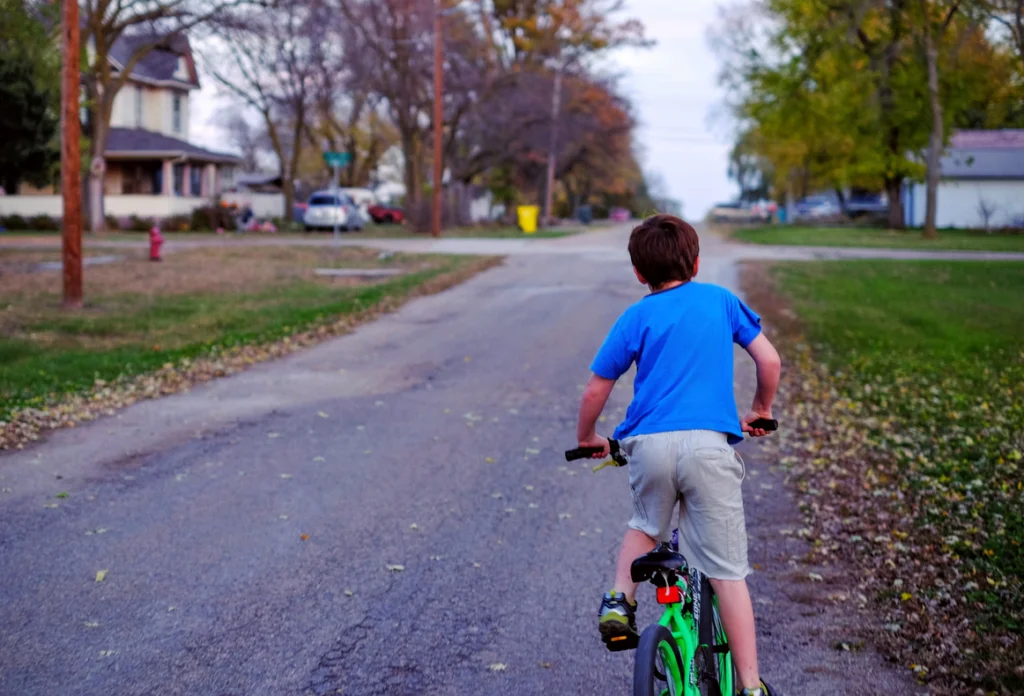
Every street, cul-de-sac, vacant lot, and wooded area within biking distance fell under our jurisdiction as self-appointed rulers of our neighborhoods. We knew which yards were safe to cut through, which neighbors would chase us for trampling their flowers, and which houses gave out the best treats on Halloween. The mental maps we developed were incredibly detailed—not just streets and turns, but shortcuts, hazards, and secret spots that no adult ever discovered. Vox mourns the decline of playtime across the country, but has advice on how to bring it back, provided the environment is comfortably safe enough for it.
Every kid knew the locations of the best dirt hills for bike jumps, the trees with the strongest climbing branches, and the corner stores with the most lenient candy policies. Our knowledge of local geography was encyclopedic because we experienced it directly rather than through screens or scheduled visits, creating a sense of place and belonging that’s increasingly rare. Children today might know their neighborhood through car windows or supervised walks, but they rarely get to claim it as their rightful territory through years of independent exploration.
3. Bike Modifications Without Safety Concerns
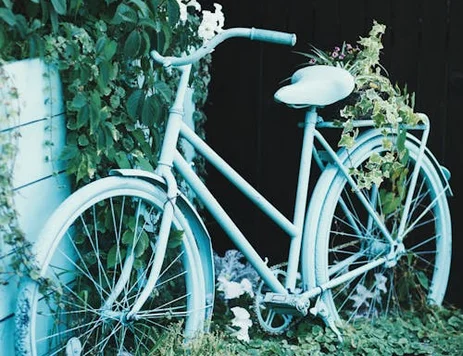
Our bicycles were constantly evolving works of mechanical art, modified with playing cards in the spokes for motorcycle sounds, handlebar streamers for flair, and milk crates strapped to the back with bungee cords for carrying important cargo like baseball gloves or freshly caught frogs. No adult supervised these engineering projects or worried about the structural integrity of our modifications. Meet the Matts is outright calling for the trend of putting bicycle cards on spokes to return in earnest.
Safety features were minimal and often self-removed—those reflectors just added unnecessary weight, and who needed hand brakes when you could drag your PF Flyers on the ground to stop? The banana seat and sissy bar arrangement allowed for multiple riders, with friends perched precariously on every available surface during group expeditions. Our bikes were expressions of our personalities and technical skills, proudly displaying every scratch and customization as badges of adventure rather than reasons for replacement.
4. Store Runs as Solo Missions
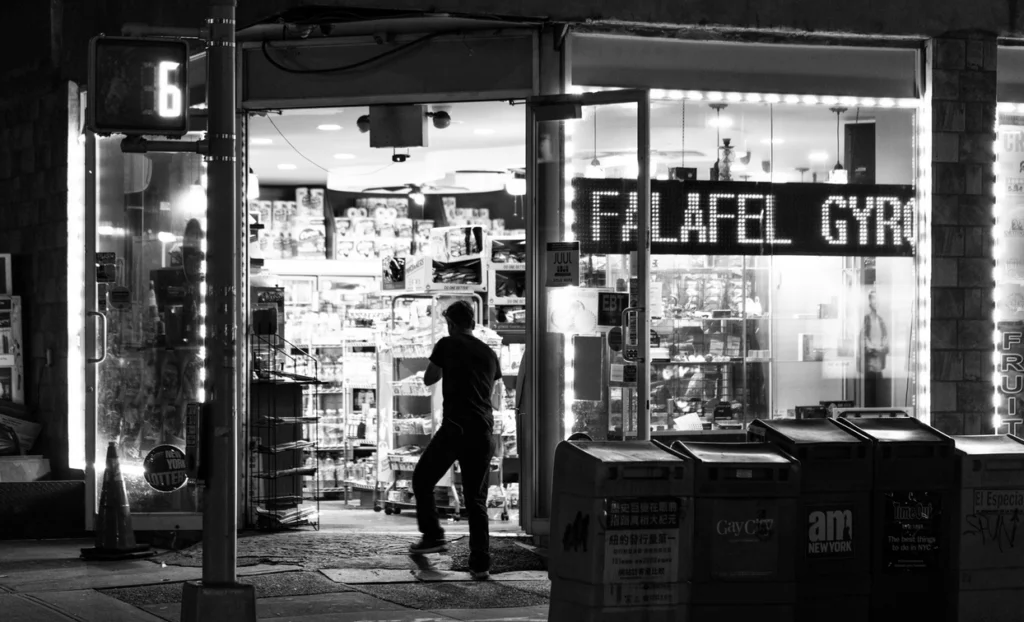
Being sent to the corner store with a crumpled dollar bill to pick up a loaf of bread or quart of milk was a common errand that doubled as an exercise in responsibility and mathematics. Shop owners knew us by name and would often extend informal credit if we came up short, trusting us to bring the difference tomorrow. These transactions were our first taste of adult commerce, conducted entirely without parental supervision.
We carefully counted out coins on countertops, calculated change in our heads, and proudly carried purchases home, occasionally splurging on a 10-cent candy if the change situation permitted. The storekeeper might ask about our folks or remind us about an upcoming Little League game, creating community connections that reinforced our sense of belonging. These simple errands taught us basic financial literacy, responsibility, and the satisfaction of completing a task independently—experiences increasingly rare as convenience apps and safety concerns eliminate children’s simple commercial interactions.
5. Creating Danger as Entertainment
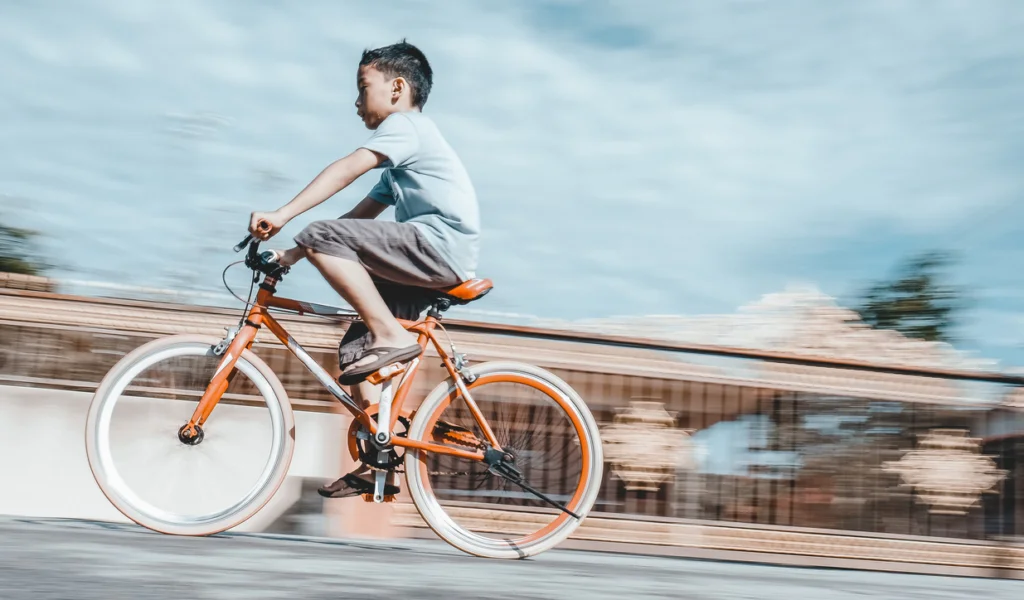
With no organized activities to fill our time, we became masters of inventing our own excitement—often with a healthy disregard for personal safety that would horrify today’s parents. We constructed bike ramps from discarded plywood and cinder blocks, constantly adjusting angles to achieve maximum air while somehow surviving the inevitable spectacular crashes.
Neighborhood games had their own peculiar dangers, from lawn darts that could puncture a foot to Red Rover contests that occasionally resulted in dislocated shoulders. Games like “Stretch” involved riding your bike full speed toward an obstacle before slamming on the brakes and skidding as close as possible without crashing—the winner being the child who left the longest skid mark while avoiding catastrophe. These self-created risk assessments taught us about our physical limitations and consequences in ways that no safety-padded playground ever could.
6. Finding Your Way Home From Anywhere
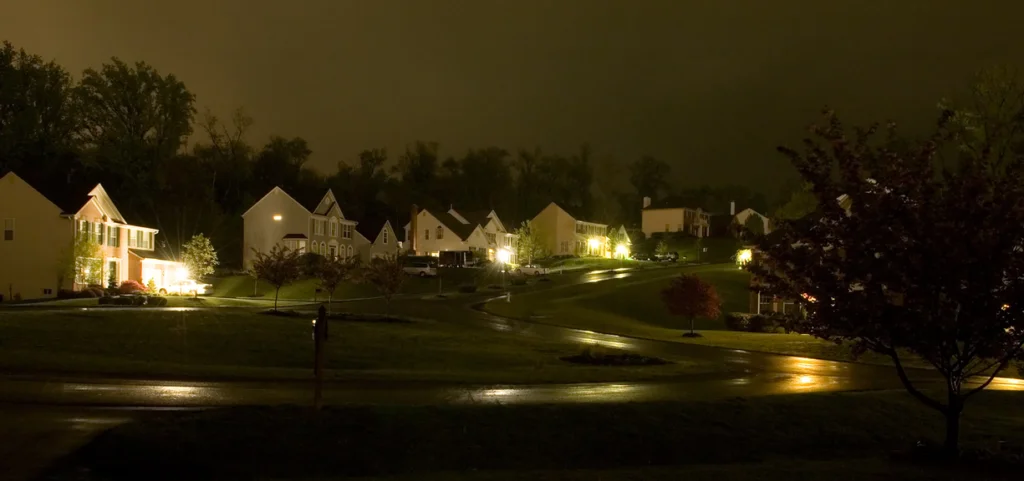
Without GPS, smartphones, or even detailed discussions about routes, we developed remarkable homing instincts that allowed us to navigate back from unexplored territories using landmarks, intuition, and the position of the sun. Getting lost was a temporary condition rather than an emergency, solved through observation and problem-solving rather than panic calls to adults.
The confidence this built was immeasurable—knowing that no matter how far we roamed, we could always find our way back. Our mental maps expanded with each expedition, connecting previously unknown areas to familiar territory through newly discovered paths and shortcuts. This wayfinding ability has largely disappeared in a generation that rarely moves without turn-by-turn directions, potentially never developing the spatial reasoning and confidence that comes from occasionally being gloriously, temporarily lost.
7. Building Secret Hideouts

Every wooded area or vacant lot inevitably became home to kid-constructed hideouts built from found materials, discarded lumber, and occasionally “borrowed” household items. These structures would never pass any building code inspection, but they were architectural marvels in our eyes—places where childhood societies formed their own rules and hierarchies.
The construction process taught practical engineering as we learned which branches could support weight, how to create waterproof roofing from trash bags, and which configurations would withstand wind. These hideouts served as headquarters for our imaginative adventures, stash spots for treasures like comic books or forbidden candy, and occasionally as diplomatic meeting grounds where neighborhood disputes were settled. The pride of creation and ownership was profound—these weren’t adult-designed playspaces but genuinely child-conceived domains that existed beyond grownup awareness or approval.
8. Water Battles Without Boundaries
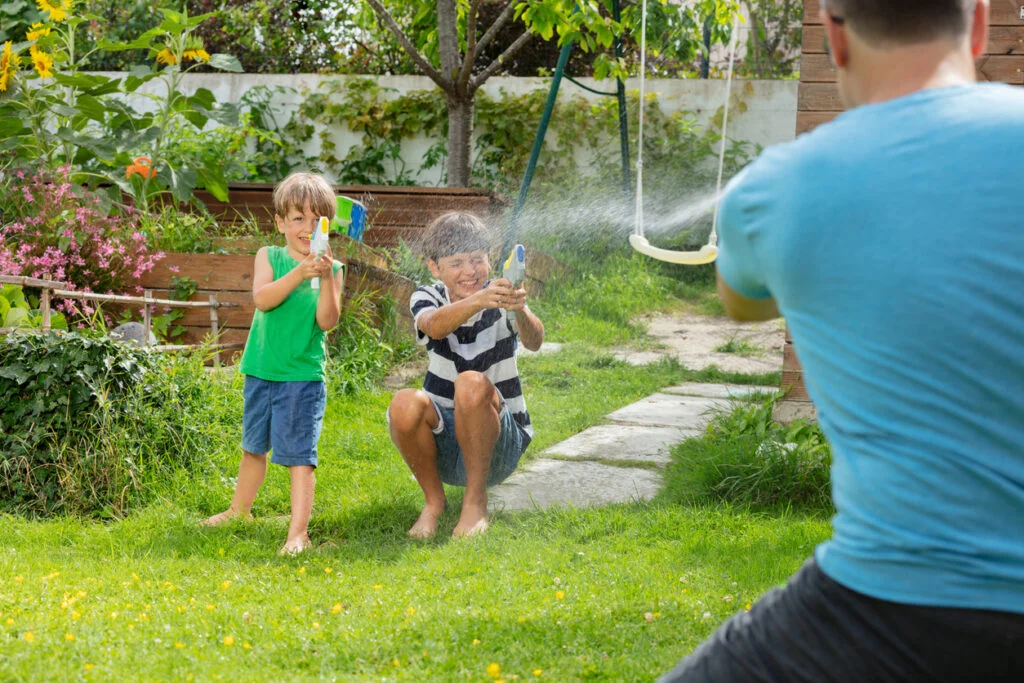
Summer hydration came not from carefully packed water bottles but from random garden hoses, which we would drink from directly when thirsty during our neighborhood rounds. These same hoses became weapons in elaborate water fights that could span entire blocks, with impromptu alliances forming and dissolving as kids ducked between houses and executed ambushes from behind parked cars.
No permission was sought before turning on sprinklers or filling water balloons from a friend’s outdoor faucet—water was a communal resource during the hot months, to be shared and weaponized as needed. The battles sometimes escalated to include ingenious contraptions like sprinkler-rigged booby traps or homemade water cannons constructed from plastic bottles and bicycle pumps, displaying creativity born from unstructured time and unregulated resources.
9. The Joy of Being Unreachable
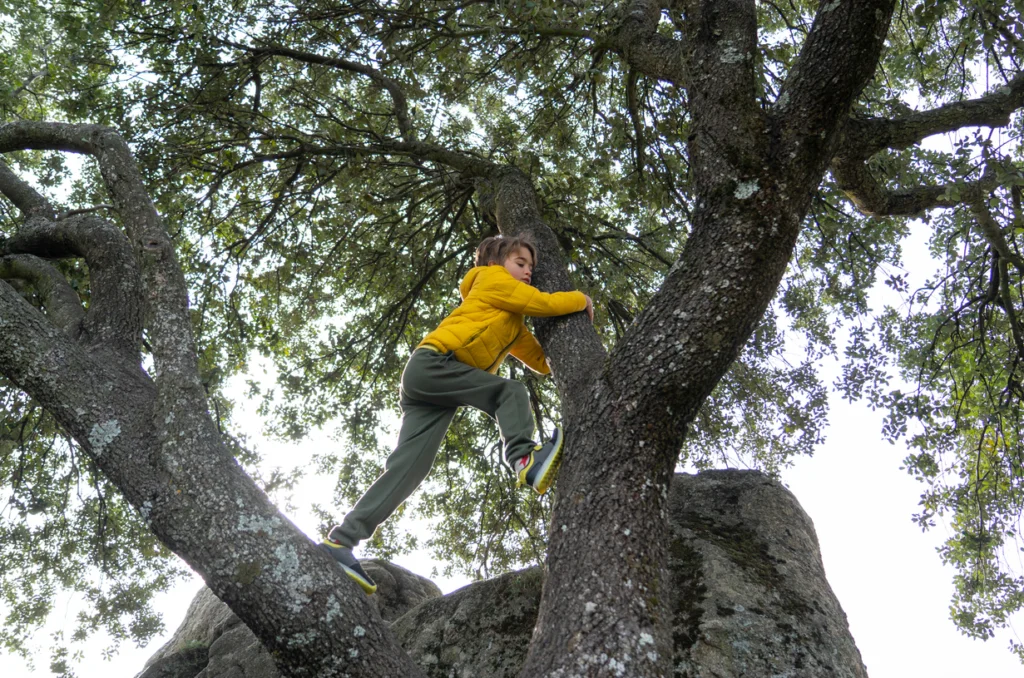
When we left home, we were truly beyond contact until we chose to return—a concept almost unimaginable to today’s constantly connected kids. This communication blackout meant freedom from monitoring, questioning, and the constant interruptions of digital pings demanding attention.
Without the electronic tether, we made our own decisions without texting for permission or validation, handling conflicts and opportunities with whatever wisdom we had accumulated to that point. This unreachability created natural consequences—if you didn’t show up when promised, friends might leave without you, teaching punctuality more effectively than any lecture. The blessed autonomy of being temporarily unavailable to authority figures gave us space to develop our own judgment and self-reliance, qualities that emerge only when adults aren’t immediately available to solve every problem.
10. Organizing Massive Games Without Adults
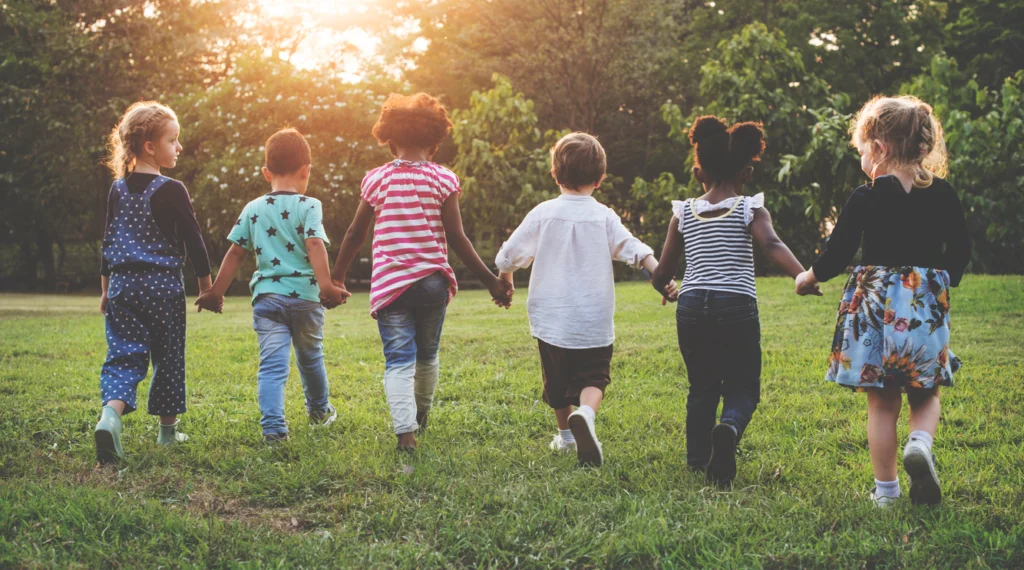
Baseball games materialized organically in parks and empty lots without coaches, umpires, or matching uniforms—just kids with whatever equipment we could collectively scrounge together. These games operated under locally modified rules that accommodated uneven teams, physical obstacles, and missing equipment, with disputes settled through passionate debate rather than adult intervention.
Games of capture the flag or kick the can could involve dozens of neighborhood children spanning multiple age groups, incorporating terrain features like Mrs. Johnson’s prized rosebushes (strictly off-limits) or the Williams’ garage roof (perfect sniper position). These self-organized activities taught negotiation, leadership, and the fine art of making rules fair enough that everyone would keep playing but competitive enough to remain interesting—lessons in social dynamics that organized sports with their parent coaches and rigid structures don’t necessarily provide.
11. The First Taste of Mechanical Independence
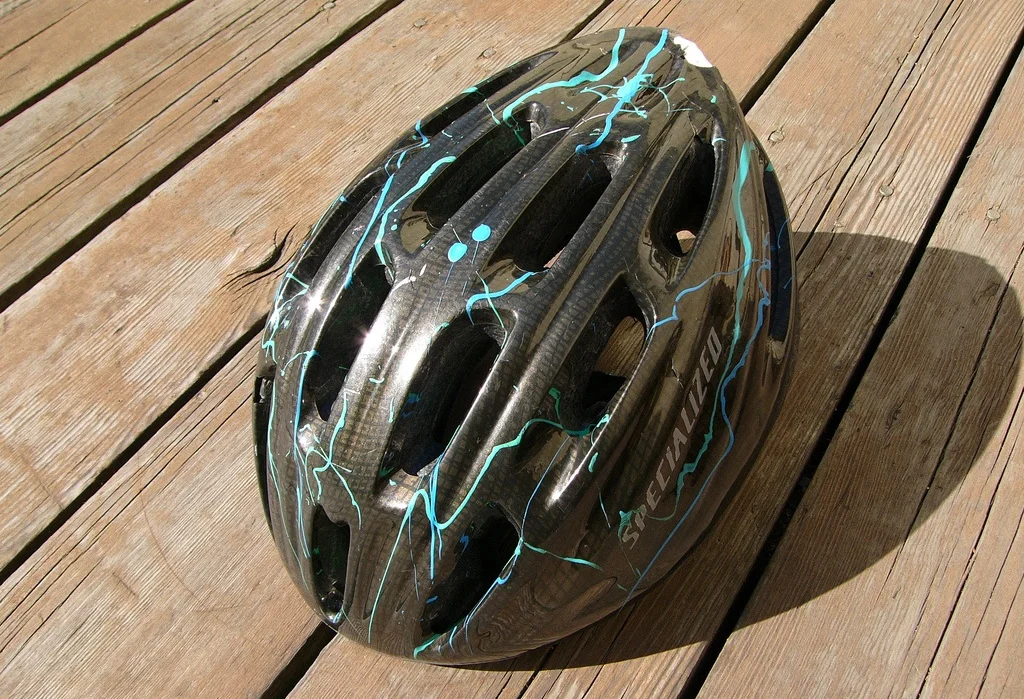
Bicycle maintenance was a self-taught skill passed down through generations of neighborhood kids, with knowledge about fixing chains, patching tubes, and adjusting brakes shared like valuable tribal wisdom. A flat tire wasn’t a reason to call for pickup but a mechanical challenge to be overcome with patches, pumps, and perseverance.
This mechanical self-reliance extended beyond bikes to skateboards, go-karts, and eventually to our first cars, creating confidence that basic transportation problems could be solved without professional help. The pride in keeping our vehicles operational through our own efforts provided early lessons in the satisfaction of technical competence and self-sufficiency. Today’s children rarely get their hands dirty with basic mechanical repairs, missing out on both practical skills and the empowering realization that they can solve physical problems through observation and effort.
12. Twilight as a Gradual Boundary
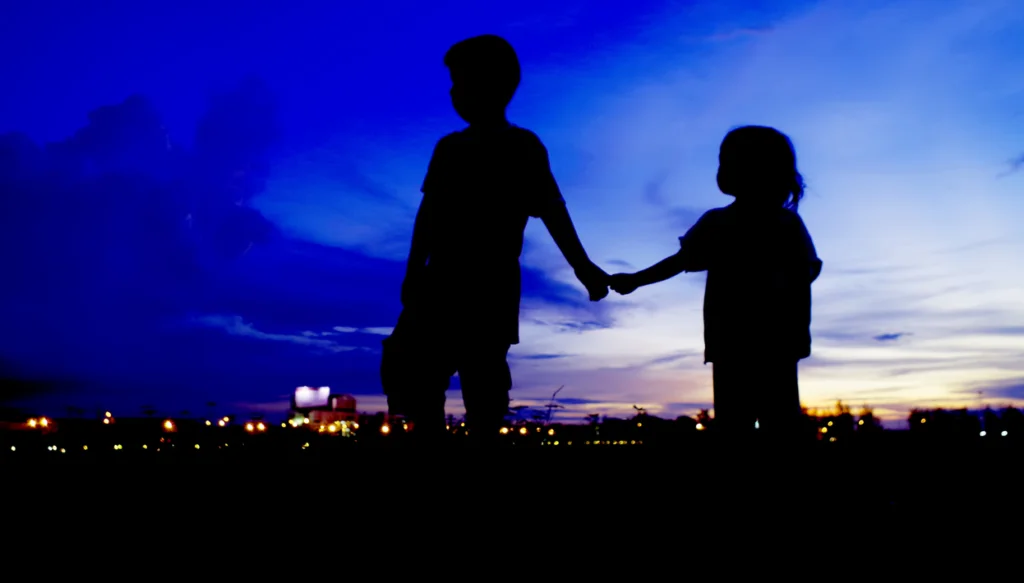
The end of our daily adventures wasn’t marked by a text message or scheduled pickup but by the gradual dimming of daylight that sent us reluctantly homeward. Dusk created a natural curfew that was universally understood—when the streetlights flickered on, our time was up, no matter what exciting activity was in progress.
This daily migration homeward often happened in stages, with friends peeling off toward their respective houses with casual “See ya tomorrows” that required no formal scheduling or parental coordination. The twilight journey home often became its own adventure, with the familiar landscape transformed by growing shadows and the hurried excitement of making it back before full dark or the dreaded parental call from the back porch. This natural rhythm connected us to the cycles of the day in ways that scheduled activities with precise digital endpoints cannot replicate.
The freedom we experienced wasn’t just about the absence of supervision—it was about presence in our own lives, fully inhabiting moments of discovery, challenge, and joy without documentation or direction. While today’s world offers children remarkable opportunities and safety measures our parents never imagined, something valuable has been lost in the transition to our highly monitored, scheduled childhoods. Perhaps the greatest gift we could give today’s kids isn’t the latest technology or educational advantage, but simply the space to experience the thrilling uncertainty that comes with genuine independence. Because it was in those unscripted moments—flying down hills with feet off the pedals, exploring beyond the boundaries of the familiar, solving problems with nothing but our wits and whatever we carried in our pockets—that we truly discovered not just our neighborhoods, but ourselves.


